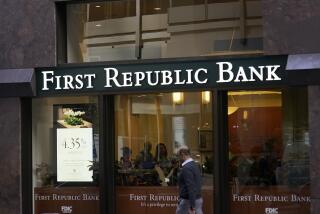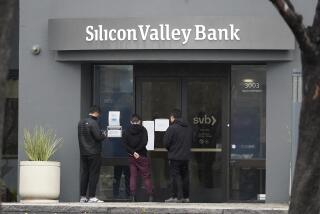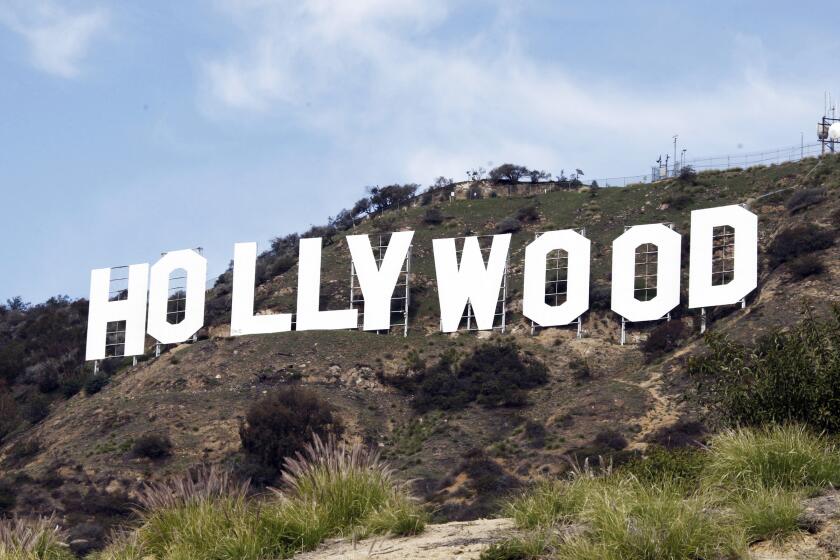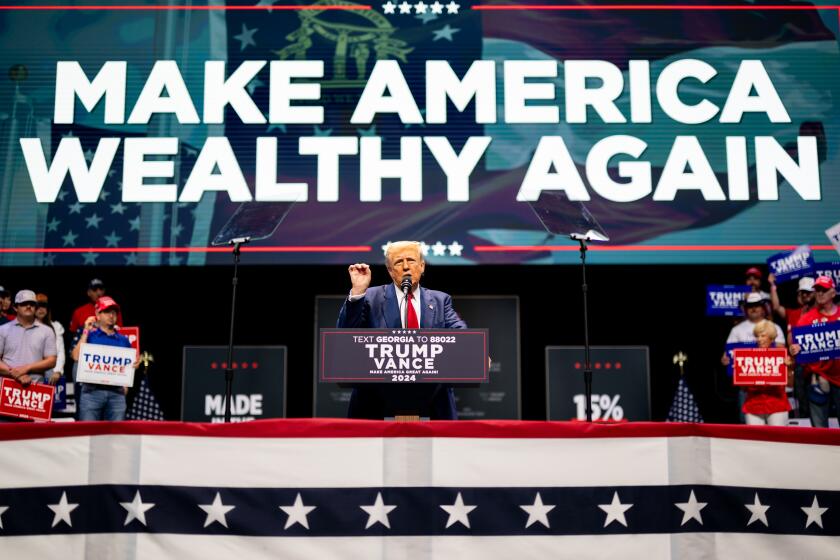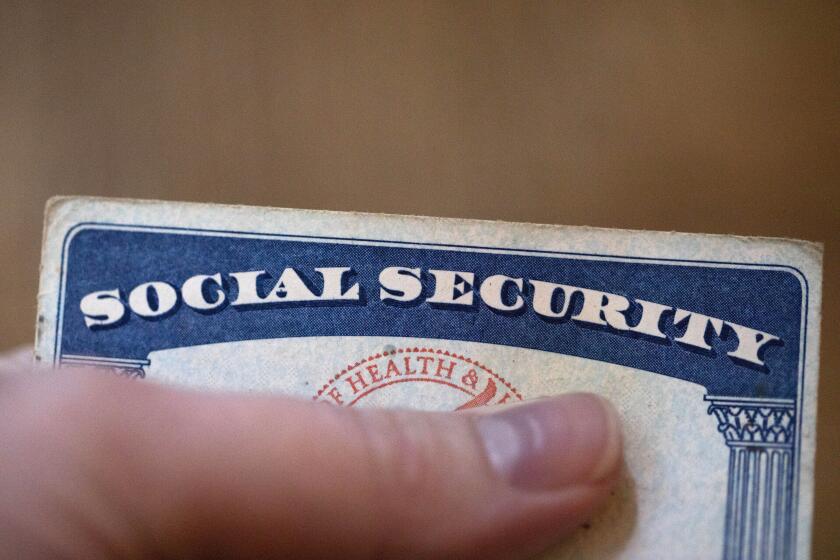AIG might get special oversight as potential financial system risk
WASHINGTON -- Bailed-out insurance giant American International Group, whose largely unregulated activities helped trigger the financial crisis, could face special federal oversight as one of a handful of large firms outside the banking system that pose a risk to the nation’s fiscal health if they were to go bankrupt.
The company, in which taxpayers still have a 15.9% ownership stake, said Tuesday it had been notified by federal officials that it is being considered for designation as a systemically important financial institution.
The designation, created by the 2010 Dodd-Frank financial reform law, comes with regulatory oversight by the Federal Reserve and tougher so-called prudential standards, such as holding more capital in reserve in case of problems.
Bank holding companies with assets of more than $50 billion are automatically designated as systemically important financial institutions, meaning their failure could threaten another financial crisis.
The Financial Stability Oversight Council, a new panel of regulators created by the 2010 law, also can slap the designation on large financial companies that are not banks.
That includes firms that have more than $50 billion in consolidated assets, and also meet other criteria, such as at least $3.5 billion in derivatives liability or at least $20 billion in total outstanding debt.
The council, which is headed by Treasury Secretary Timothy F. Geithner, voted privately last week to move some non-bank financial companies into the third -- and final -- stage of review for the designation.
“The council will undertake further analysis of these companies before voting on any proposed designations,” a Treasury spokesman said. “The council will notify the companies that were advanced but does not intend to publicly announce the name of any non-bank financial company that is under evaluation before a final designation of such company.”
AIG opted to make its consideration public in a statement Tuesday.
The government bailed out AIG in September 2008 as the company teetered neared a bankruptcy that could have caused cascading problems through the financial system because it had insured billions of dollars of mortgage-backed securities.
The Treasury and the Federal Reserve promised more than $182 billion in aid to AIG in exchange for a 92% ownership stake as part of a complex bailout. The government had been selling shares, reducing its stake in AIG, which has recovered financially.
Last month, Treasury officials said the sale of about $20.7 billion in AIG shares had reduced the government’s stake to 15.9% and locked in at least a $15.1-billion profit for taxpayers.
[For the Record, 10:15 a.m. Oct. 2: An earlier version of this post said that an $18 billion sale of stock by the Treasury Department last month reduced the government’s stake in AIG to 21.5% and locked in at least a $12.4 billion profit.
Because of the additional sale of $2.7 billion shares in the offering’s over allotment last month, the Treasury actually sold $20.7 billion in AIG stock, reducing the goverment’s stake to 15.9% and locking in a profit of at least $15.1 billion.]
ALSO:
U.S. to sell more of its AIG stake
Fed says taxpayers earned $17.7 billion from AIG bailout
Feds say AIG stock sale locks in minimum $12.4-billion profit
Follow Jim Puzzanghera on Twitter and Google+.
More to Read
Inside the business of entertainment
The Wide Shot brings you news, analysis and insights on everything from streaming wars to production — and what it all means for the future.
You may occasionally receive promotional content from the Los Angeles Times.
